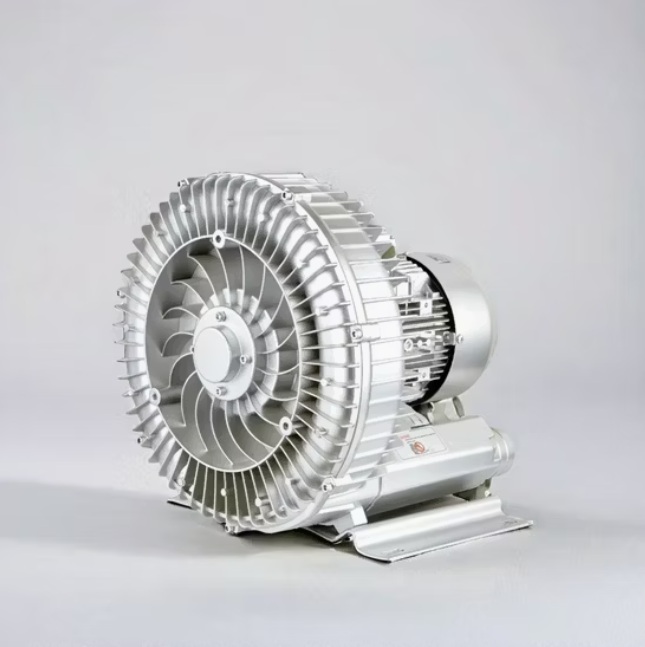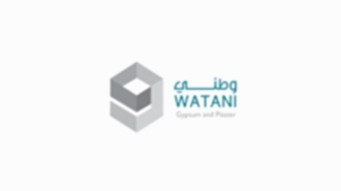
Coagulant Dosing Units: The Heart of Water Treatment
Water treatment is the first line of defense against pollutants and is vital to ensuring the availability of safe drinking water for human and industrial use. Within this complex process, the coagulant dosing unit stands out as an indispensable and pivotal element. It represents the effective starting point for removing fine suspended particles that cannot be easily separated by conventional methods.
What is a Coagulant Dosing Unit?
A coagulant dosing unit is an integrated system specifically designed to inject a chemical known as a coagulant in a precise and controlled dose into the raw water stream. The primary objective of this process is to neutralize the negative surface charges of fine suspended particles. Such as mud, silt, microorganisms, and some organic pollutants. This allows these particles to move closer together and clump together. Forming larger aggregates that can then be removed by sedimentation or filtration.
Essential Components of the Unit
A typical dosing unit consists of several essential components that work together to ensure process accuracy:
- Storage and Preparation Tank: Used to store the liquid coagulant or to prepare the coagulant solution from its powdered or concentrated form. The tank must be made of a chemically resistant material, such as high-density polyethylene (HDPE) or polypropylene (PP), especially when handling acidic chemicals like aluminum sulfate.
- Dosing Pumps: The most critical component, these are usually positive displacement pumps, such as diaphragm or piston pumps. These pumps are known for their ability to provide a precise and constant flow rate and can be controlled to ensure optimal dosing.
- Control System: Includes control panels, measuring equipment, and sensors (such as a pH meter and turbidity meter). To automatically adjust the pump’s flow rate based on the volume of water being treated or based on water quality readings. This system ensures what is known as proportional dosing.
- Piping and Connections: Chemical-resistant pipes and hoses for transporting the coagulant from the tank to its injection point into the water stream.
The Importance of Coagulation in Water Treatment
Coagulation is the first and essential step in most surface water and wastewater treatment processes. Its importance stems from several factors:
- Turbidity Removal: The primary goal is to agglomerate the fine particles that cause turbidity. The main reason for water quality deterioration.
- Microorganism Removal: Coagulation helps remove a significant percentage of bacteria, viruses, and protozoa (such as Giardia and Cryptosporidium) by incorporating them into the resulting coagulants.
- Natural Organic Matter (NOM) Removal: These substances are responsible for color and odor. Their removal reduces the likelihood of the formation of carcinogenic disinfection byproducts (DBPs) when chlorine is subsequently added.
- Improving the Efficiency of Subsequent Processes: Proper coagulation ensures high efficiency in subsequent sedimentation and filtration processes, thus reducing the load on the plant’s filters.
Mechanism of Dosing Units
The efficiency of a dosing unit depends on a thorough understanding of the coagulation mechanism and how to achieve the optimal dose.
The Role of Coagulants
Coagulants are typically polyvalent metal salts, often containing aluminum or iron. The most common are:
- Aluminum Sulfate (Alum): An efficient and economical coagulant.
- Ferric Chloride and Ferric Sulfate: Used particularly in wastewater treatment for their phosphorus removal capabilities.
- Poly-Aluminum Chloride (PAC): A pre-polymerized coagulant, characterized by high efficiency over a wide range of temperatures and pH levels.
These materials release positive ions that react with the negative charges on the surface of the suspended particles, resulting in charge neutralization.
Pumping and Control Process
- Calibration: The dosing pump is regularly calibrated to ensure that its flow rate (in liters per hour or gallons per hour) accurately matches the control setting (usually expressed as a percentage of the pump’s maximum capacity).
- Injection: The coagulant is injected at a point of high turbulence in the water stream (often in the raw water line) to ensure rapid and uniform mixing. This is known as rapid mixing and is essential for efficient coagulation before flocculation begins.
Dose Control
- Manual Control: Relies on periodic tests (such as a jar test) to determine the dosage, and the pump is manually adjusted.
- Automatic (Proportional) Control: The pump speed is linked to the raw water flow rate. If the water flow increases, the pump speed automatically increases to maintain a constant coagulant concentration (mg/L).
- Closed-Loop Control: The most advanced system. Water quality sensors (such as a turbidity meter or potential zeta analyzer) are used to measure coagulation efficiency and adjust the coagulant dosage in real time.
Dosing Unit Design and Selection
The design and selection of a coagulation dosing unit requires careful consideration of several operational and environmental factors:
Pump Selection
The pump must meet the following requirements:
- Flow Rate: The pump must be able to deliver the maximum required dose in milligrams per liter (mg/L) at the plant’s maximum water flow rate.
- Back Pressure: The pump must be able to operate effectively against the pressure in the pipeline. Where the coagulant is injected.
- Chemical Resistance: The pump head material and diaphragm/seals must be fully compatible with the coagulant used to prevent corrosion and premature failure.
- Adjustability: The pump must provide a wide and precise turn-down ratio to accommodate changes in raw water quality and flow rates.
Tank Sizing and Jar Testing:
Before commissioning any new system, a jar test must be performed in the laboratory. This test simulates the coagulation, flocculation, and sedimentation processes at an actual plant. It is the standard method for determining the optimal coagulant dosage. That achieves the lowest turbidity and best flocculation at the lowest cost.
Read also: The Importance of Raw Water Pumps in Various Applications
Challenges and Maintenance
To ensure the dosing unit operates efficiently and sustainably, attention must be paid to the following challenges and periodic maintenance:
Operational Challenges
- Changes in Raw Water Quality: A sudden change in turbidity, temperature, or pH of the water requires an immediate adjustment in the coagulant dosage.
- Injection Line Blockage: Chemical deposits may accumulate at the injection point or inside the pump head, leading to inaccurate dosing.
- Solution Temperature Changes: The temperature of the solution in the tank may affect its viscosity and, consequently, the accuracy of pump calibration.
Basic Maintenance Procedures
- Periodic Calibration: Recalibrate the pumps to ensure they are pumping the correct volume.
- Periodic Cleaning: Clean the storage tanks and remove any hardened deposits.
- Check Valves: Ensure these valves are functioning correctly to prevent backflow into the pump or coagulant line.
- Parts Replacement: Replace worn parts in the pump (such as gaskets and membranes) according to a set schedule.
Conclusion
The coagulant dosing unit is the backbone of any effective water treatment system. It is not just a pump; it is a precise chemical control system that ensures the removal of microscopic contaminants. This improves the efficiency of subsequent processes and ultimately reduces waterborne health risks. Successful water treatment depends on a deep understanding of the coagulation process. The correct selection of unit components, precise automated dosing control, and ongoing preventative maintenance. Investing in a high-quality, precise dosing system is a direct investment in water quality and public health.


























